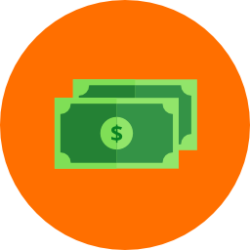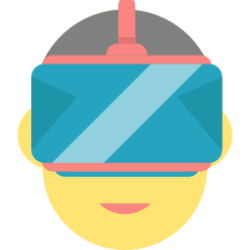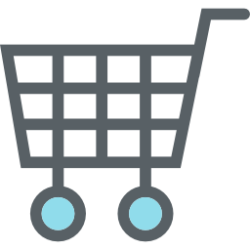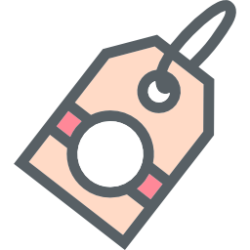Start With the Price

Why?
Your visitor will scroll to the bottom of your web page anyway, to check the price. This way you can take control.
How?
Start with the price first, take control of your visitor’s mind and lead them. You need to make him want to continue by using a good hook like, “we have payment plans,” or using a price he will lose by not taking action, or some intrigue, curiosity, etc.
On the Spot Ad to Landing Page

Why?
A more congruent and less jittery experience for the user.
How?
When clicking on the ad, an overlay with the landing page opens on the spot, without the user being redirected to a new page.
Virtual Reality Ads

Why?
Attention grabbing and immersive ads could help conversions.
How?
Ads that react to the user by immersing them in a virtual reality. From a simple 360 degrees photo or video to full immersion if the user is wearing the right gear.
Dynamically Restrict What the Buyer Sees

Why?
More choice is attractive to customers, but at the same time reduces their conversion rate – more people see, but fewer people buy.
How?
If you have an e-commerce business, show to each visitor only a limited choice of products (based on their previous behavior, demographics, etc.) Allow them to search or ask for more options, but only show them a limited list of products on the page (preferably no more than 6.)
Help Convert With Dynamic Pricing

Why?
If you believe that you stumbled upon a special (mistake) price that might go away, you’re more likely to take it.
How?
First show the higher regular price. Then show them a lower price – as if by mistake. You can do this by taking them to a different web page and then back, displaying the “mistake” lower price on their return. You can even use the two prices on the same page, by having a higher priced button on the top of the page, and a “mistake” lower price lower down the page.
For items that vary in price (like airline tickets), first show higher price, then lower one so the customer has an incentive to buy now so he won’t lose the lower price opportunity
